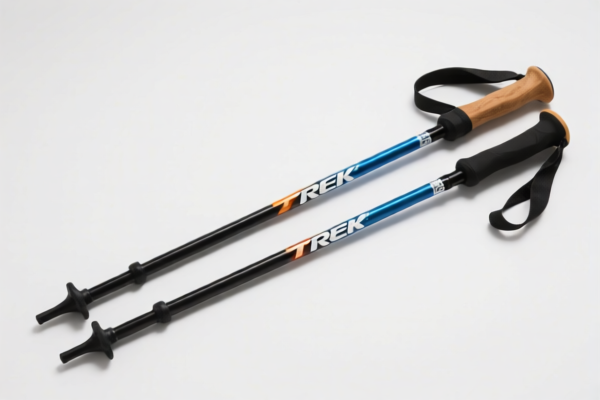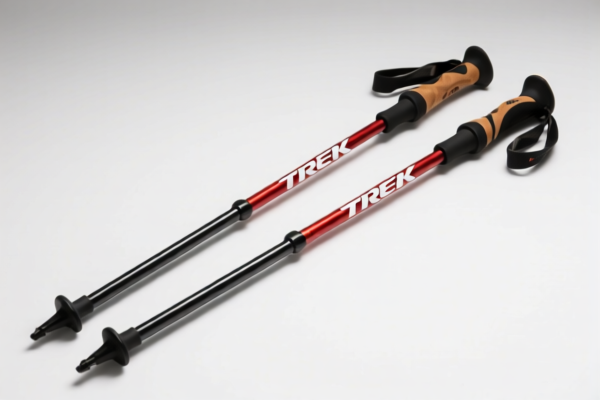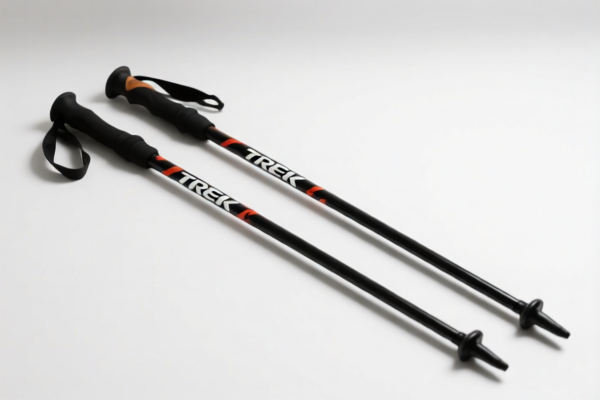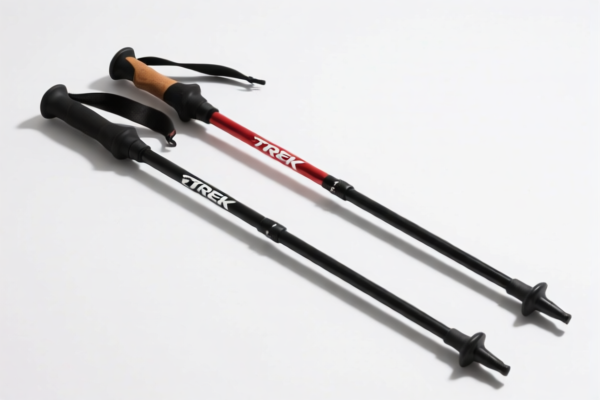| HS Code | Official Doc | Tariff Rate | Origin | Destination | Effective Date |
|---|---|---|---|---|---|
| 9620005000 | Doc | 60.3% | CN | US | 2025-05-12 |
| 9620006500 | Doc | 57.9% | CN | US | 2025-05-12 |
| 6506996000 | Doc | 63.5% | CN | US | 2025-05-12 |
| 6507000000 | Doc | 55.0% | CN | US | 2025-05-12 |




Trekking Pole
Definition: A trekking pole, also known as hiking stick, walking stick, or hiking pole, is a length of stick used for walking while hiking, particularly in mountainous terrain. They are typically used in pairs, though single pole usage is also common.
Material:
- Aluminum: A common and affordable option. Durable and relatively lightweight, but can bend or break under significant stress. Different alloys offer varying degrees of strength and weight.
- Carbon Fiber: Lighter and stiffer than aluminum, providing better shock absorption and stability. More expensive and can be more prone to shattering under extreme force, though modern carbon fiber poles are highly durable.
- Composite (mix of carbon fiber and aluminum): A balance between weight, strength, and cost.
- Wood: Traditional material, offering good shock absorption and a comfortable grip. Heavier and less durable than aluminum or carbon fiber.
Purpose & Function:
- Balance & Stability: Provides two additional points of contact, improving stability on uneven terrain, reducing strain on ankles and knees.
- Shock Absorption: Reduces impact on joints, especially during descents, minimizing fatigue and risk of injury.
- Rhythm & Propulsion: Helps maintain a consistent rhythm while hiking, contributing to efficient movement and reducing effort.
- Muscle Engagement: Activates upper body muscles (arms, shoulders, core) during hiking, distributing effort and increasing overall fitness.
- Probing: Used to test the stability of terrain ahead, identifying loose rocks or hidden obstacles.
- Self-arrest (with specific baskets/techniques): In snowy or icy conditions, poles can be used for self-arrest in a fall (requires proper technique and appropriate baskets).
Usage Scenarios:
- Hiking: Most common application, particularly on trails with elevation changes, uneven surfaces, or loose debris.
- Backpacking: Reduces strain during long-distance hikes with heavy loads.
- Trail Running: Provides stability and support for faster movement on technical trails.
- Mountaineering: Used for self-arrest and probing in snowy and icy conditions.
- Nordic Walking: Specific technique utilizing poles for full-body workout on relatively flat terrain.
- Snowshoeing: Provides stability and balance in deep snow.
Common Types & Features:
- Adjustable Poles: Most common type, allowing for customization of length based on terrain and user height. Telescoping sections are typically made of aluminum or carbon fiber.
- Fixed-Length Poles: Lighter and more durable than adjustable poles, suitable for specific terrain or users with consistent height/stride.
- Folding Poles: Compact and convenient for travel or storage. Often used by trail runners or backpackers prioritizing portability.
- Shock-Absorbing Poles: Feature internal mechanisms to dampen impact, reducing stress on joints.
- Anti-Shock Systems: Internal springs or elastomers that absorb impact. Can be adjusted or locked.
- Grips: Typically made of foam, rubber, or cork. Ergonomic shapes and extended grips provide comfort and control.
- Straps: Allow for secure handhold without gripping tightly, reducing fatigue.
- Baskets: Interchangeable tips that provide traction on different surfaces.
- Small Rubber Tips: For hard surfaces like rock or pavement.
- Snow Baskets: Larger diameter for use in deep snow.
- Mud/Trail Baskets: Prevent poles from sinking into soft ground.
- Carbide Tips: Durable and provide excellent grip on rock and other hard surfaces.
Trekking poles are walking aids used for hiking and backpacking to provide stability and reduce strain on joints. They are typically made of materials like aluminum, carbon fiber, or steel and feature adjustable lengths and grips. Based on the provided information, the following HS codes are relevant:
- 9620005000: Monopods, bipods, tripods and similar articles: Other: Of plastics. This code covers articles similar to monopods, bipods, and tripods, specifically those made of plastics. While trekking poles aren’t explicitly mentioned, if a trekking pole is constructed primarily of plastic, this HS code may be applicable. The total tax rate is 60.3%, comprised of a 5.3% base tariff and a 25.0% additional tariff, increasing to 30.0% after April 2, 2025.
- 9620006500: Monopods, bipods, tripods and similar articles: Other: Of iron or steel. This code applies to similar articles made of iron or steel. If the trekking pole is constructed primarily of iron or steel, this HS code is applicable. The total tax rate is 57.9%, consisting of a 2.9% base tariff and a 25.0% additional tariff, rising to 30.0% after April 2, 2025.
It is important to note that the material composition of the trekking pole will determine the correct HS code. If the pole is made of a combination of materials, the classification will depend on the predominant material.
Customer Reviews
No reviews yet.